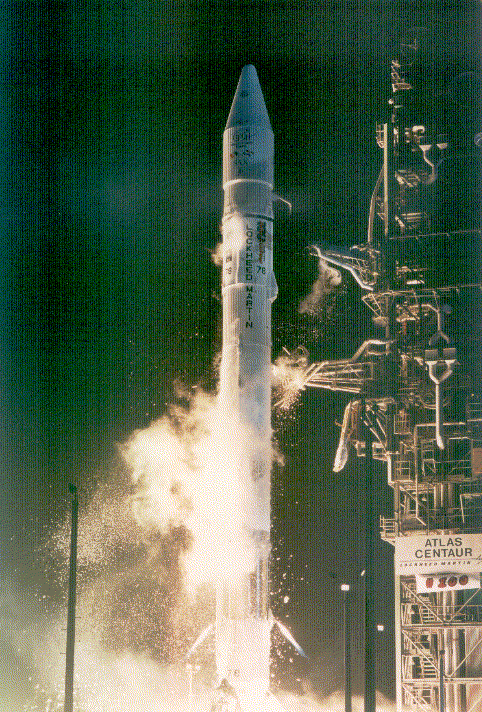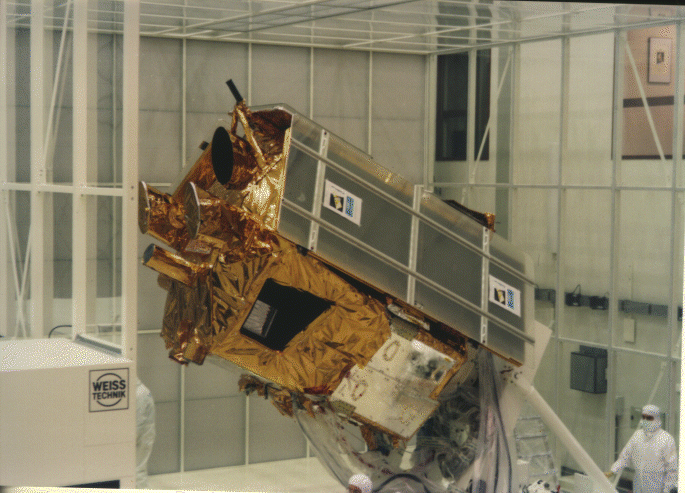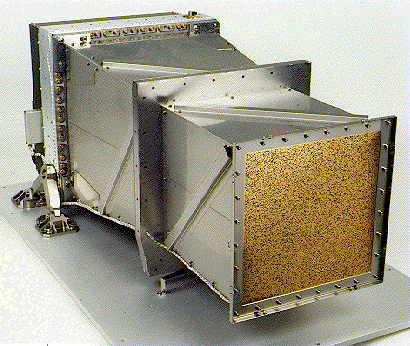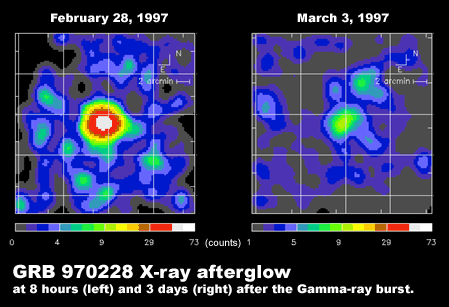
The X-ray astronomy satellite BeppoSAX (“SAX” for Satellite per Astronomia X and “Beppo” in honor of Giuseppe Occhialini) was a project of the Italian Space Agency (ASI) with participation of the Netherlands Agency for Aerospace Programs (NIVR).
The scientific instrumentation on BeppoSAX consisted of the Wide Field Cameras built by SRON and the Narrow Field Instruments. The WFCs operated in the 2 to 30 keV regime, monitoring a large field of view at moderate sensitivity. The NFI were intended for targeted observations of specific X-ray sources, to primarily measure the broad-band spectrum.
The main scientific characteristic of the BeppoSAX mission was the wide spectral coverage, ranging from 0.1 to over 200 keV.
BeppoSAX was developed within a consortium of institutes in Italy and the Netherlands, together with the Space Science Department of ESA (SSD). A collaboration with the Max Planck Institute for Extraterrestrial Physics existed for X-ray mirror testing and the calibration of the concentrator/spectrometer system. Prime contractors for space and ground segments were Alenia Spazio and Telespazio respectively.
BeppoSAX was launched on April 30, 1996, from Cape Canaveral, Florida. The mission was stopped precisely 6 years later.
Links





